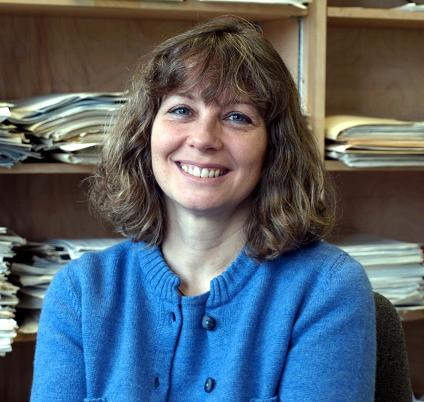The unique plastics of tomorrow will be able to be produced more precisely and more cheaply thanks to the close integration between theory, developed by chemists at the University of Oregon, and unexplained information about polymers collected over years from experiments

The unique plastics of tomorrow will be able to be produced more precisely and more cheaply thanks to the close integration between theory, developed by chemists at the University of Oregon, and unexplained information about polymers collected over years from experiments in Europe.
The research, which the scientists believe will lead to a new type of materials, is described in an article appearing in the December issue of the scientific journal Journal of Physical Chemistry B. The findings could be used in diverse fields of engineering, nanotechnology, renewable energy as well as medicine, since proteins, d. N.A., R.N.A. and other large biological compounds within the cells move in a manner similar to the compounds found in plastic.
The accepted theory regarding the processing of plastic materials, starting from the sixties, focused on the individual movement of the macro-particles as they move one after the other. Materials researchers, based on this approach, are left with unstructured products and unexplained information. The new theory of joint motion in polymeric fluids was able to explain these observations taking into account the coordinated motion of the macroparticles together with their surrounding neighbors. The final result will be able to eliminate the guesswork and the expensive and slow examination of thousands of samples at the various stages of production.
"The level of agreement between the data and the theory is amazing," says Marina G. Guenza, professor of theoretical physical chemistry at the university. "We study the connection between the chemistry of the mules and their behavior. This is real basic science. Our findings excite researchers conducting experiments because we are able to look at a phenomenon they are unable to fully understand. This theory now explains what is happening inside their samples. They are no longer just about collecting information; Our theory provides them with a broad picture of what is happening."
The researcher simplifies her theory - based on mathematical equations that describe the movement of particles in a liquid or gas - like looking at students getting off a crowded bus. Every student who wants to get off stands in his place - or wanders between different free sites - until another student starts moving towards the exit. While organizing the students into a group, they become coordinated among themselves and thus their departure is accelerated.
The theory refers to the flickering behavior, which is often seen, of ferrules as soon as they begin to "behave" as a glassy material - while explaining why the ferrules slow down their movement and freeze into a disordered state rather than organizing to form an orderly crystal, says the researcher. "We would very much like to be able to control the properties of the material so that we can design the synthesis to obtain the desired and precise properties."
The theory was put to the test under various scenarios in laboratories in Germany, France and Switzerland after the German plastics researcher Dieter Richter from the Max Planck Institute for Solid State Research and co-author of the article, turned to researcher Guenza after a discussion at the conference and told her that he had incomprehensible information that could possibly be explained using her theory. The unexplained information and the researcher's theory were integrated together after laboratory tests, which included the use of spin-echo spectroscopy, a high-energy method that allows an extremely high separation capacity.
"If you look at just one polymer, based on traditional theory, you don't see any unusual movement," says the lead researcher. "You don't recognize a particular stallion that alternates between slow and fast movement. Only when you consider the dynamics of a group of dogs together are you able to predict and notice abnormal behavior. And that is what my theory provides.”
The new theory is now being applied to other experiments to test its reliability in other abnormal behaviors, notes the lead researcher.
The original news of the university
